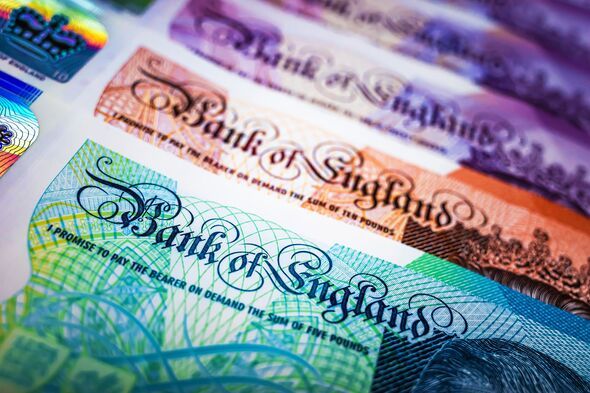

Savers looking to maximise their returns should be aware of a crucial rule that could impact their investments.
Ordinarily, basic-rate taxpayers can earn up to £1,000 on savings before tax is due. For higher-rate taxpayers, this threshold is £500, while additional rate taxpayers receive no allowance.
However, cash ISAs offer the opportunity for individuals to save significantly more each tax year without incurring tax on interest. A cash ISA permits savers to put away £20,000 each tax year with the added benefit of tax-free interest.
This limit is not restricted to a single cash ISA, meaning an individual could open multiple cash ISA accounts and distribute their savings. However, the £20,000 limit applies across all accounts, not £20,000 per account.
For example, you could have £15,000 in a cash ISA, £2,000 in an innovative finance ISA, and £3,000 in a stocks and shares ISA.
Therefore, before opening a new cash ISA, ensure you haven't exhausted too much of your allowance to the point where it will affect your other savings.
Different types of ISAs Cash ISACash ISAs are a favoured option for savers, providing the benefit of tax-free interest, unlike standard savings accounts. Moreover, any interest accrued in a cash ISA doesn't count towards the £20,000 savings limit each tax year.
There are various types of Cash ISAs available to savers, including:
Junior ISA
Junior ISAs aim to build savings for children, allowing deposits of up to £9,000 per annum (separate from any additional Cash ISA allowance). The child can only access the money when they turn 18, though they can manage the account from 16.
Stocks and Shares ISA
A Stocks and Shares ISA allows funds to be invested in funds, bonds, and company shares. These are the riskiest types of ISAs, and savers should carefully consider the associated investment risks.
One of the main advantages of this ISA is that any funds invested are shielded from capital gains tax (CGT), a levy on profits made when selling investments. Furthermore, they are exempt from tax on bond interest and dividend income, making it an attractive option for those contemplating investing.
However, a significant drawback is that your savings are not protected against any investment losses, with the worst-case scenario being the loss of all invested funds.
Lifetime ISALifetime ISAs (LISA) are designed to help individuals save for either their first home or retirement. They have a tax year limit of £4,000, which is less than other ISAs.
Typically, there are two types of LISA:
A notable downside to LISAs at present is the age restriction; they can only be opened by individuals aged between 18 to 39. Additionally, the funds can only be withdrawn for purchasing a first home or upon reaching the age of 60 or over.
Any other withdrawals will incur a hefty 25% penalty on the amount withdrawn.
Innovative Finance ISAAn Innovative Finance ISA allows the company you open it with to use your money to lend to borrowers and businesses. In this case, you'll earn interest for lending the money, with the provider taking a percentage.
While the interest earned from the money you've lent will not be taxed, there's a risk of losing money if the loans aren't repaid. Additionally, withdrawing returns could take some time as you may need to wait for other investors to buy out your loan.
It's important to note that savings in an innovative finance ISA are not automatically protected. Although the provider may have some safeguards in place, this isn't guaranteed.